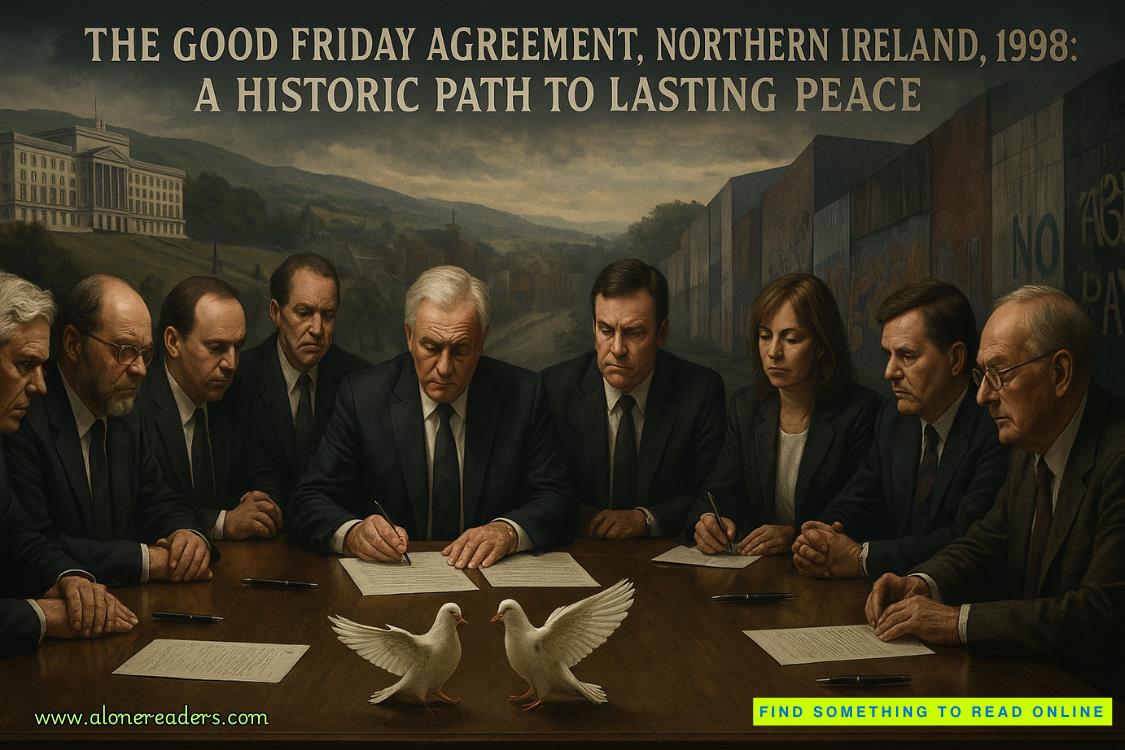Page 71 of Protected By My Best Friend's Brother
“Validation?” Natalie snorts. “Emma, this is way beyond validation. This is career-defining. You just created an entirely new approach to systems integration!”
I wasn’t expecting this level of excitement, even from Natalie. “It was a team effort,” I remind her. “Lucas was right there with me, getting just as dirty in the manufacturing plant.”
“Yes, but whose idea was it?” She points at me with her coffee cup. “Who insisted that understanding the human elements was just as important as the technical ones? Who spotted what everyone else missed?”
Heat rises to my cheeks. I’m not used to this level of recognition, but I can’t deny the satisfaction of seeing my approach validated so dramatically.
“I heard the board is already prepping for tomorrow’s meeting,” Natalie continues. “Bradshaw was heard saying positive things about your innovative approach.”
“Bradshaw?” I’m genuinely shocked. The notoriously critical board member has never been my biggest fan. “Are you sure it wasn’t just indigestion?”
“Positive. Sophie overheard him in the executive lounge, telling Miller that your hands-on approach was ‘unexpectedly effective’ and ‘worth consideration for future implementations.’” Natalie looks like she’s delivering the corporate gossip equivalent of winning lottery numbers. “From Bradshaw, that’s practically a standing ovation.”
The validation feels good, and there’s something even more satisfying about proving our approach works. This has shown that technology and human wisdom can complement each other rather than compete.
“Lucas also had a long call with the chairwoman this morning,” Natalie adds, her expression turning sly. “Sophie thinks they are discussing something big. Like, new department big.”
“What?” This is news to me. “Based on what?”
“The Johnson implementation, obviously. Your approach saved our biggest account and potentially added millions in new business. That kind of innovation gets rewarded.” She studies me over her coffee cup. “Unless there’s a reason you wouldn’t want to head a new department?”
I sigh. Leave it to Natalie to cut straight to the heart of the matter. “If something like that were to happen, I’d report directly to Lucas. Which could complicate things, professionally speaking.”
“As opposed to now, where you just make out in his office before meetings?” Her grin takes any sting out of the words.
“That was one time!” I protest, feeling the heat rise to my cheeks. “And it was just a quick kiss.”
“Uh-huh.” She doesn’t look convinced. “Well, for what it’s worth, you two have already proven you can balance the personal and the professional. The Johnsons’ implementation is evidence of that.”
She’s not wrong. Despite the initial concerns—mine and the board’s—Lucas and I have demonstrated we can work together effectively, challenging each other when needed but ultimately creating something better through our partnership.
My phone buzzes with a text from Lucas:Prep for tomorrow’s board meeting running long. Raincheck on lunch? Also, have you seen the latest numbers from their emissionsreduction system? Your calibration approach is outperforming projections by 22%.
I type back:Raincheck accepted. And yes, saw the numbers. Guess Gordon Junior really is their good luck charm.
His response comes seconds later:Never underestimate the power of a rubber duck. Though I’m more inclined to credit the brilliant analyst who recognized its importance. See you tonight? Still planning to open that wine?
I smile, warmth spreading through me that has nothing to do with the coffee.Absolutely. I’ll bring dessert.
“You two are disgustingly cute,” Natalie observes, apparently having read my expression, if not my texts. “Though I must admit, it’s nice seeing you both so happy.”
After she leaves, I return to work, but my mind keeps drifting to Natalie’s hint about a possible new department. The idea is thrilling and terrifying—a chance to scale our approach across multiple industries and transform how companies integrate sustainability into their existing systems.
It’s the kind of impact I’ve always wanted to make. The chance to prove that my approach isn’t just a one-time success but a viable methodology that could redefine sustainable manufacturing across industries.
A knock at my door interrupts my thoughts. Sophie stands there, practically vibrating with excitement.
“Have you heard the Johnson numbers?” she demands, not waiting for an invitation before dropping into the chair Natalie just vacated. “The entire executive floor is buzzing. Even the chairwoman seemed impressed, and she never shows emotion about anything except quarterly earnings.”
“The numbers are good,” I acknowledge, unable to suppress my pride.
“Good? They’re spectacular!” Sophie leans forward. “Emma, you just revolutionized how we approach systems integration. Do you have any idea what this means?”
“That Brighton Analytics is eating crow?”
“Besides that,” she laughs. “It means you’ve just established yourself as a pioneer in sustainable manufacturing integration. The Johnsons want you to present at the National Manufacturing Summit. That’s major industry recognition.”
I hadn’t fully processed that part of the Johnson email. The Summit is the premier event in manufacturing technology, attended by industry leaders from around the world. The thought of presenting our approach on that stage is simultaneously terrifying and exhilarating.















